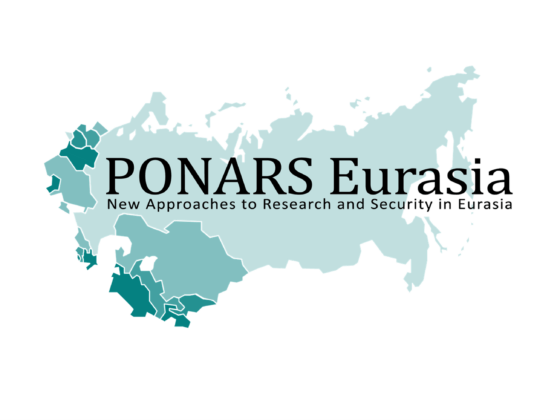(ECFR) Volodymyrska Hill, Kyiv, on a June evening in 2019. Kyivans and tourists stroll along the riverside park’s newly relaid paths, many wending their way to the brand new footbridge and across to the People’s Friendship Arch monument; stunning views of the Dnipro abound. Suddenly, a young passer-by answers his phone: “Hello! Presidential Office here.” Was this a joke – or was he serious?
Following Volodymyr Zelensky’s election as president in April, it is not in the least outlandish to imagine almost anyone entering the heart of government; nor for them to be taking official calls while walking through a city-centre park. Characteristic initiatives launched since Zelensky’s resounding victory include his LIFT platform, which allows citizens to send in ideas and projects, apply for jobs with the government and local authorities – and to even join his team. In this new era, unstructured ‘e-gestures’ form an integral part of Zelensky’s approach to campaigns and governance: in June, he asked his Facebook followers to pick the new governor of Lviv from a list of three. The country has seen nothing like this before. […]
Zelensky may have been an anti-establishment candidacy, but political scientist Oleksiy Haran maintains that he was “not the candidate of anti-Maidan. He is the candidate of anti-politics. You can be anti-political without being anti-Maidan.” Many Maidan supporters backed Zelensky.
Zelensky’s victory may reflect an ongoing revolutionary mood in Ukrainian society but, as political scientist Olexiy Haran notes, the “parameters haven’t changed”: Russia is still the aggressor – although Zelensky is not so vigilant about Russian active measures against eastern Ukraine or in Ukraine as a whole… […]
Read More © ECFR











